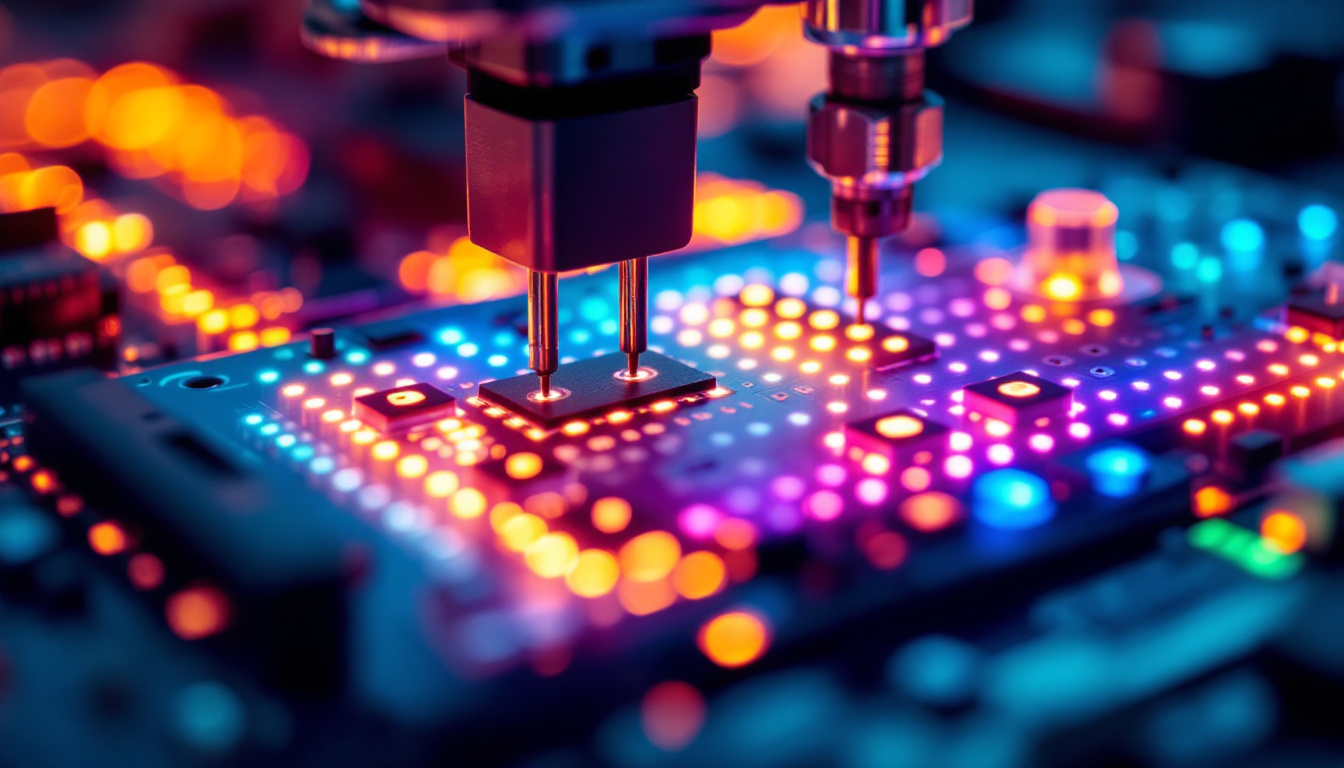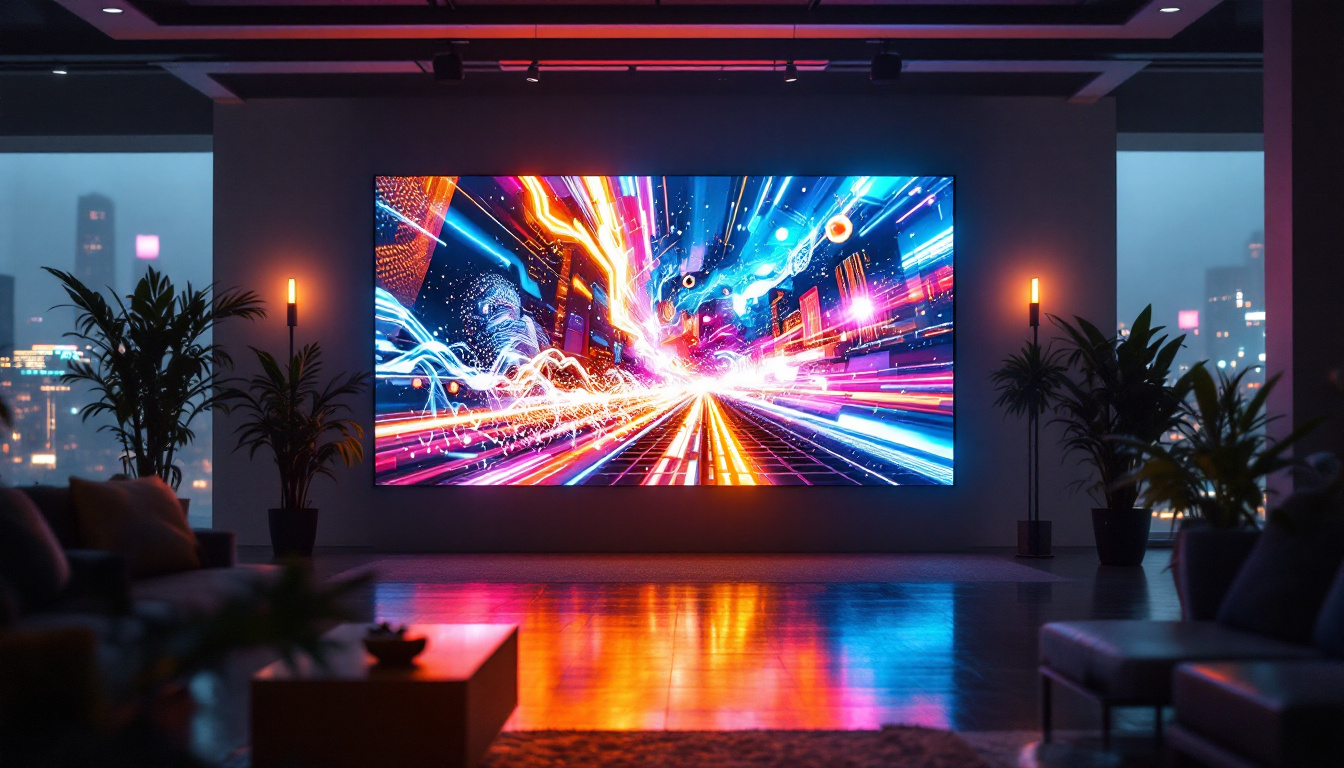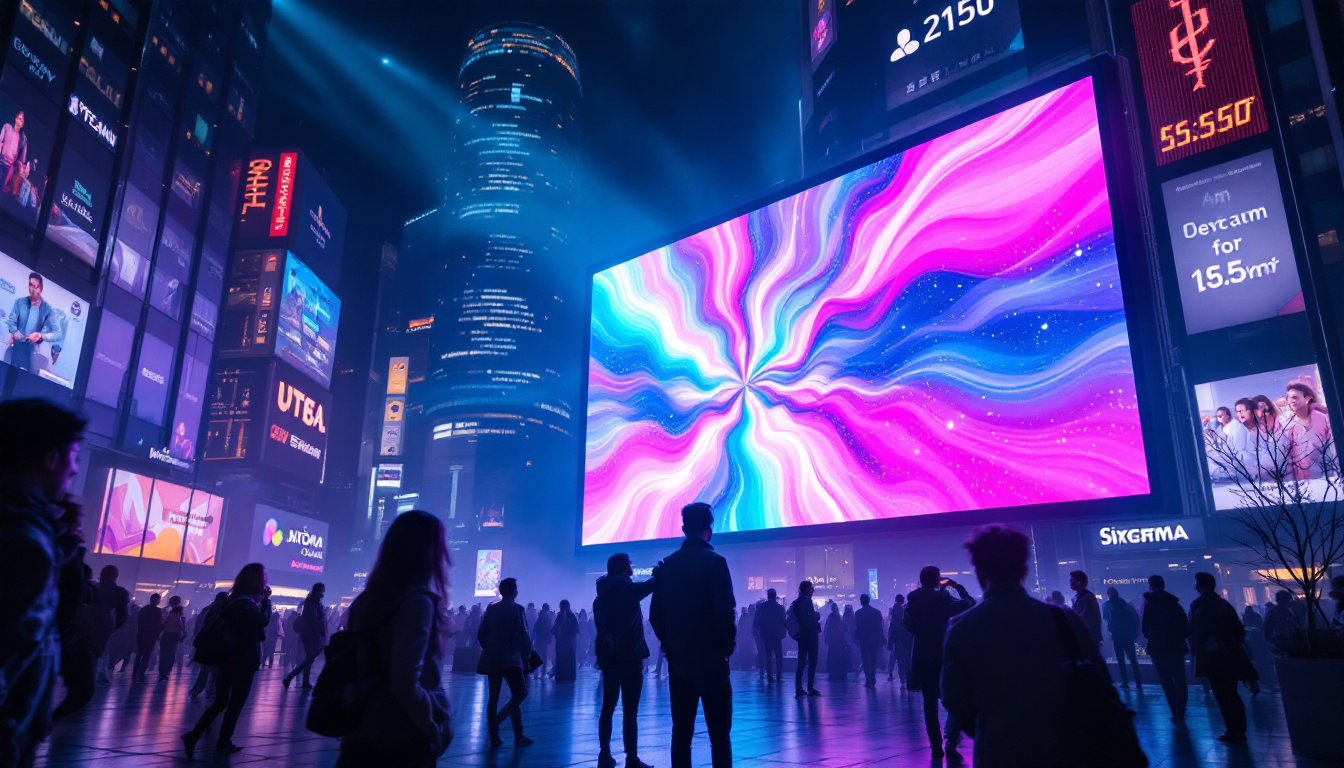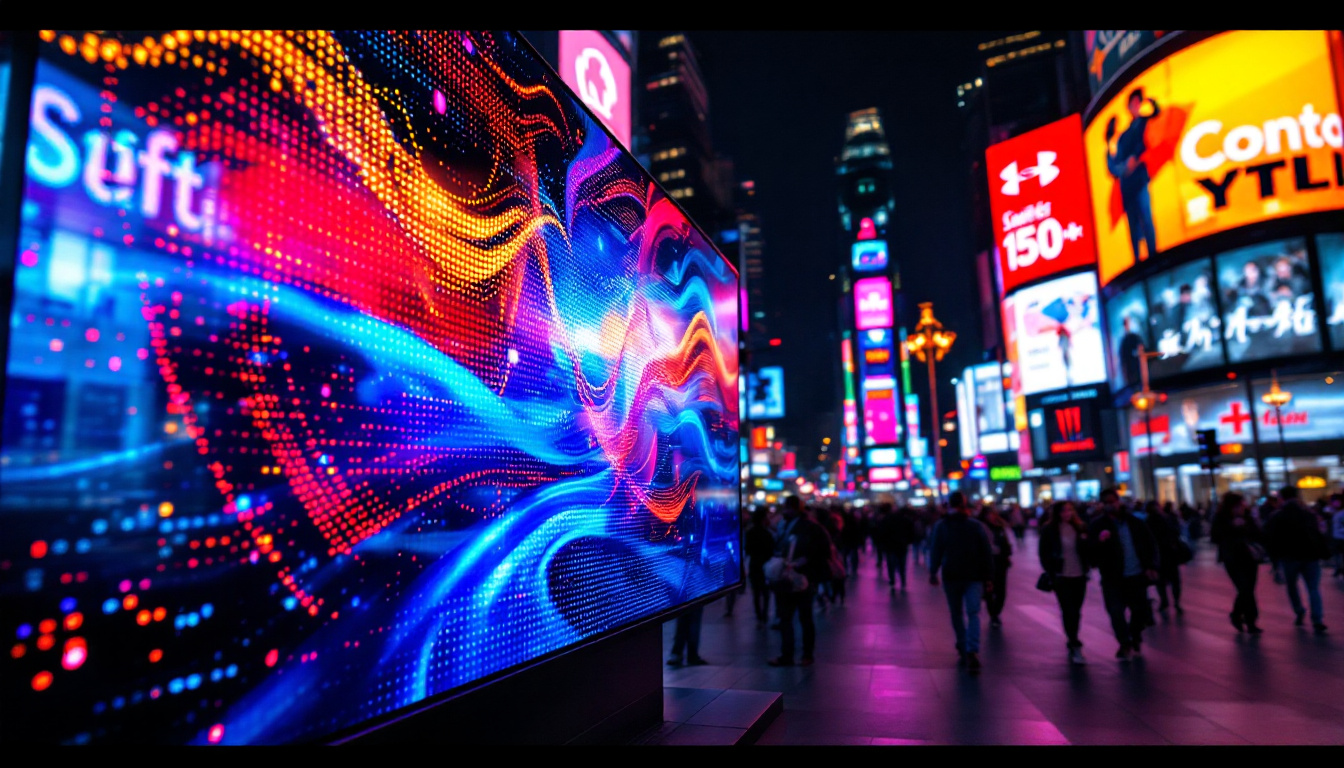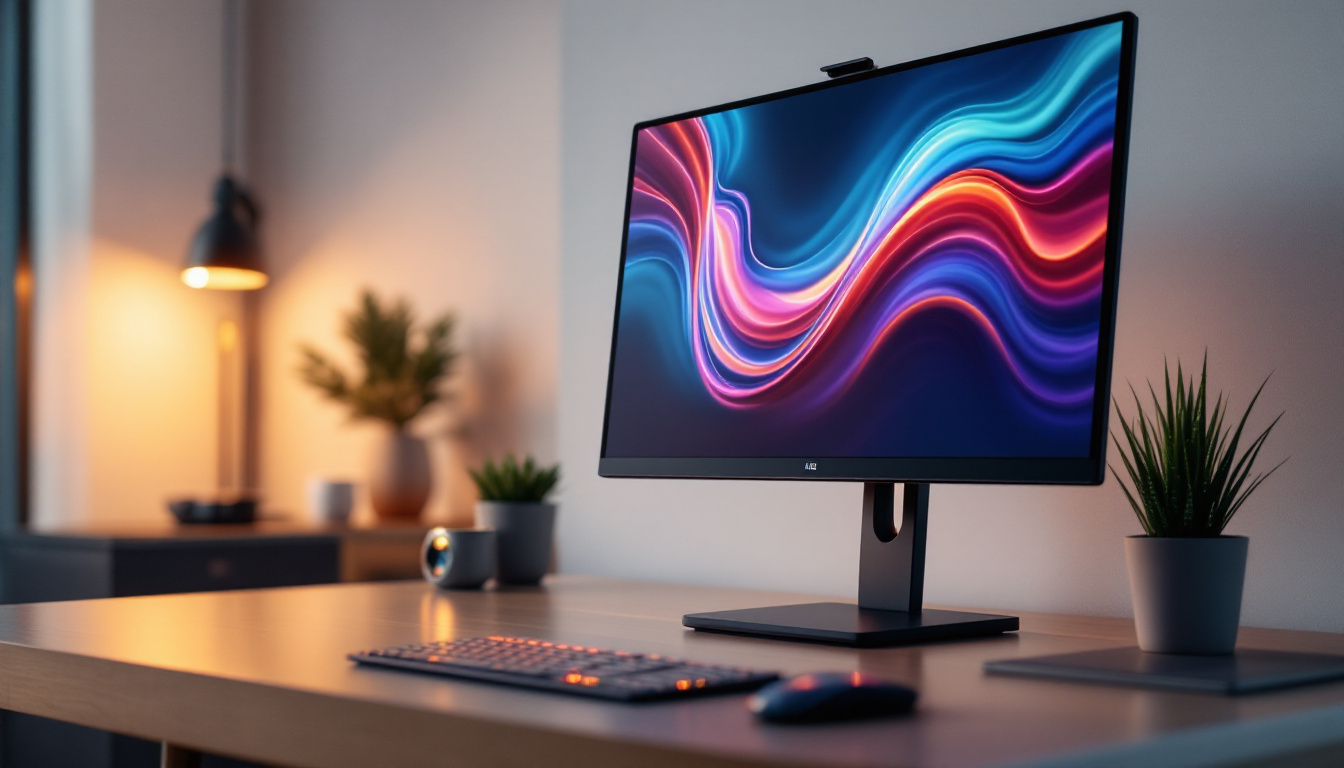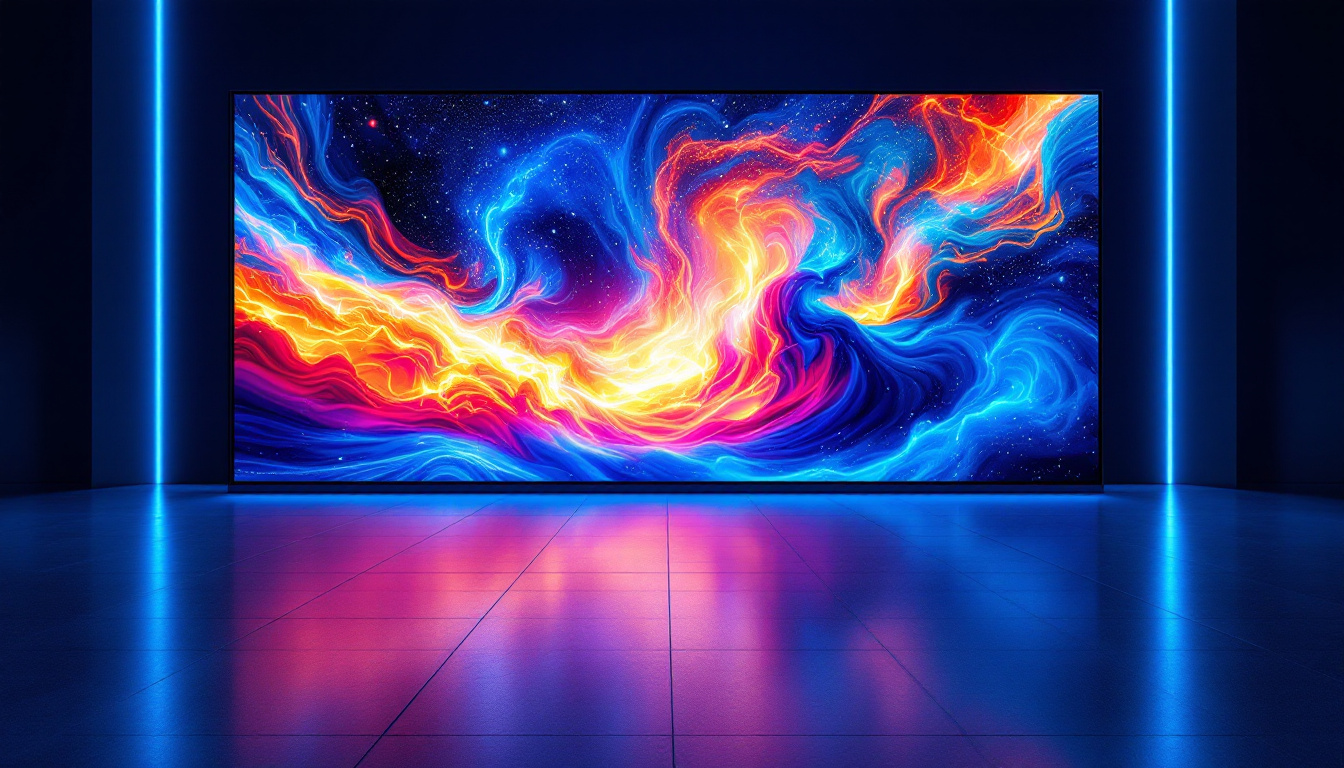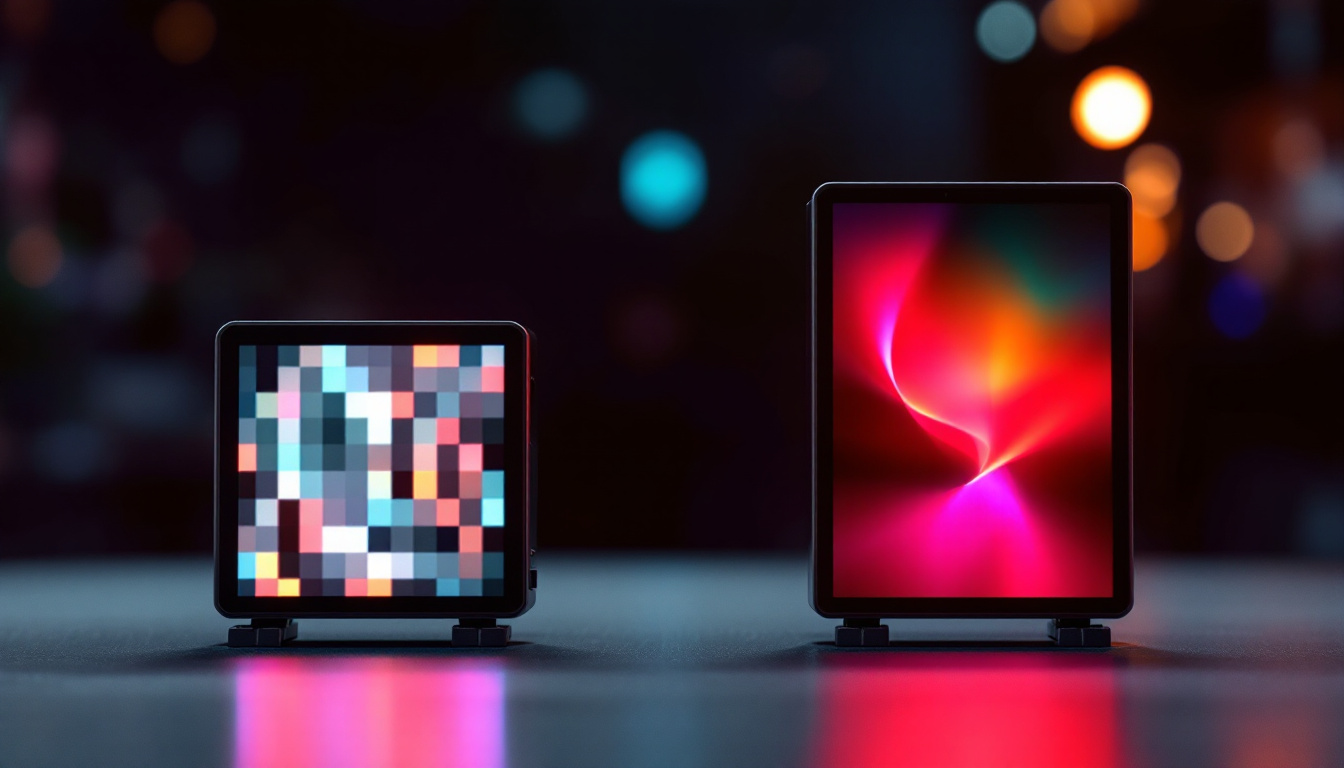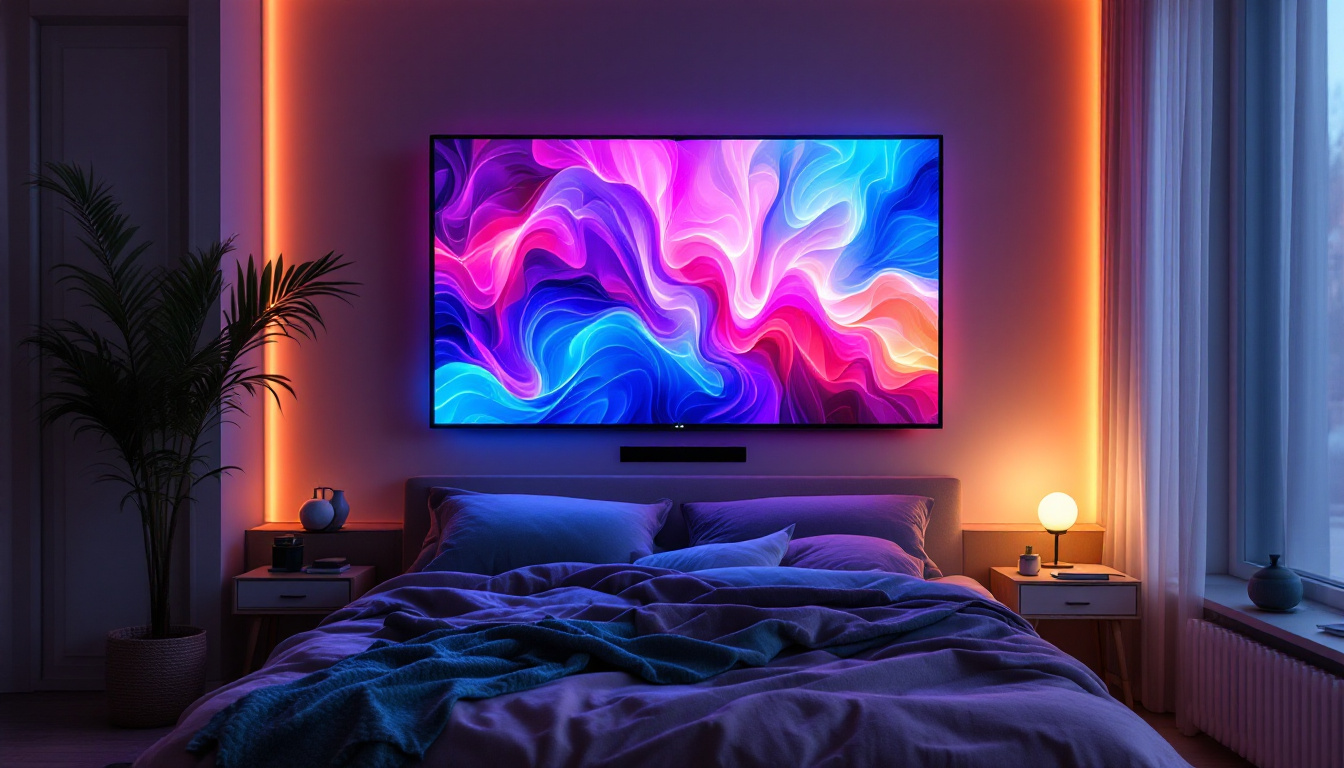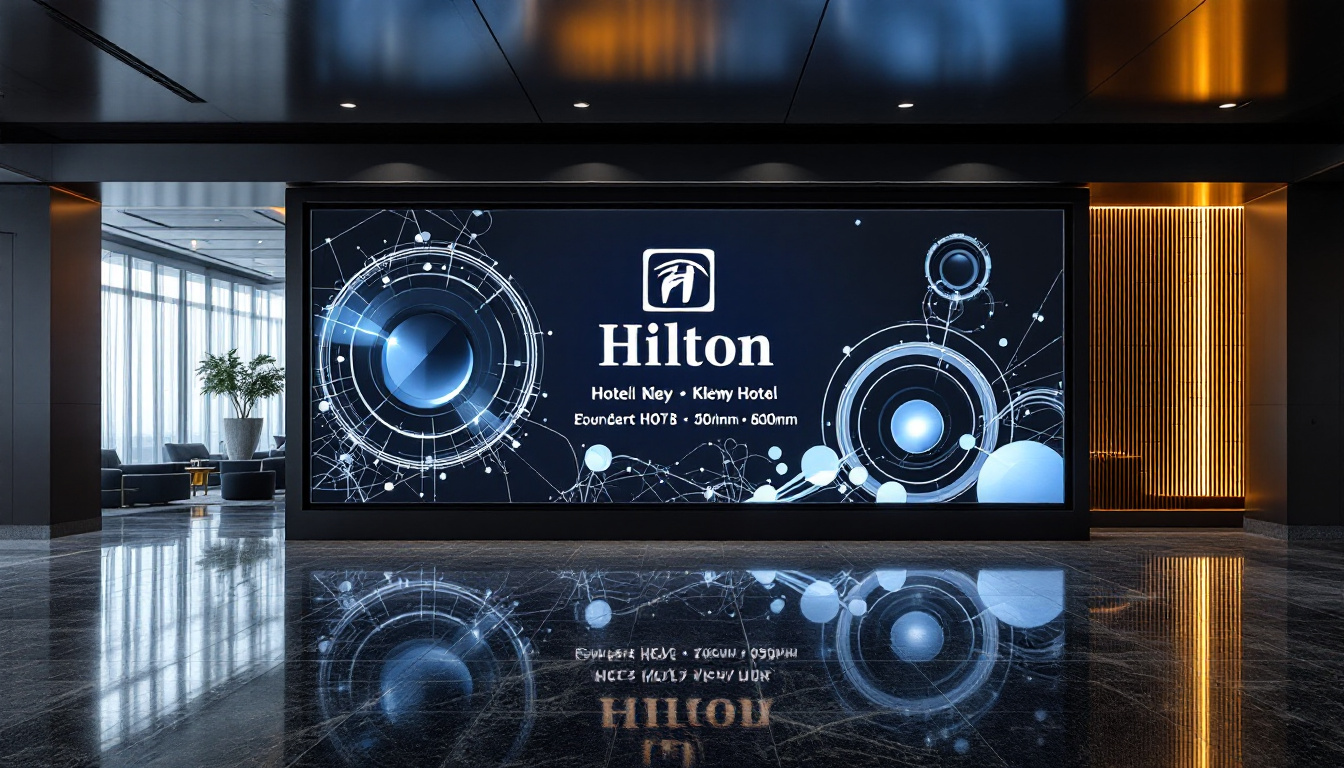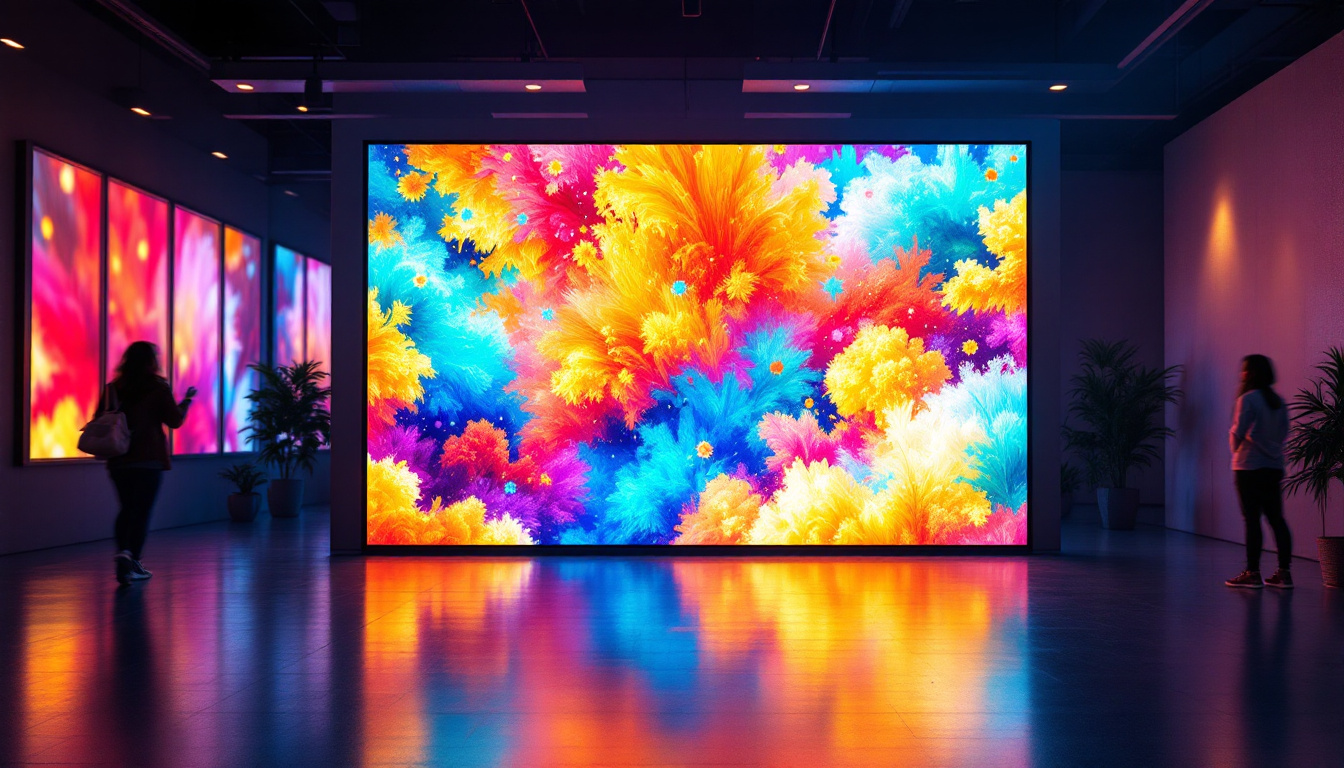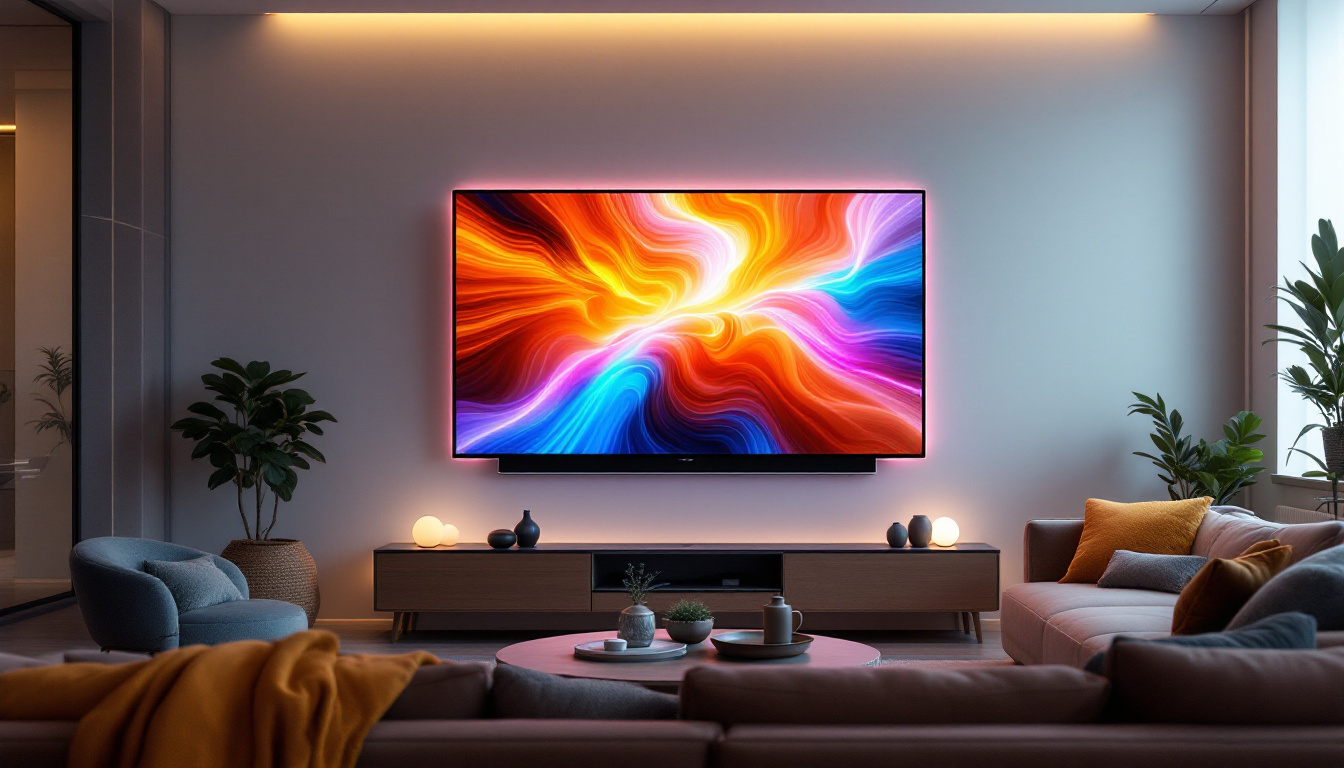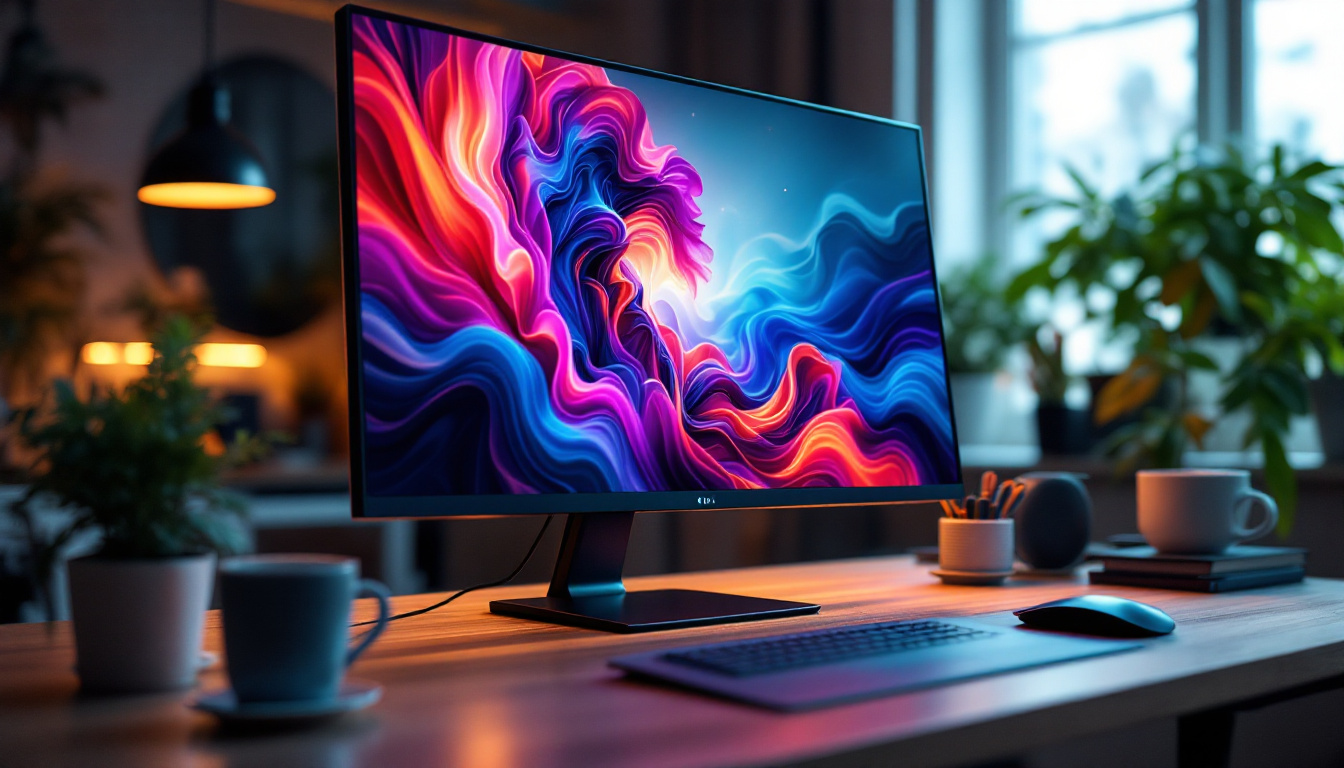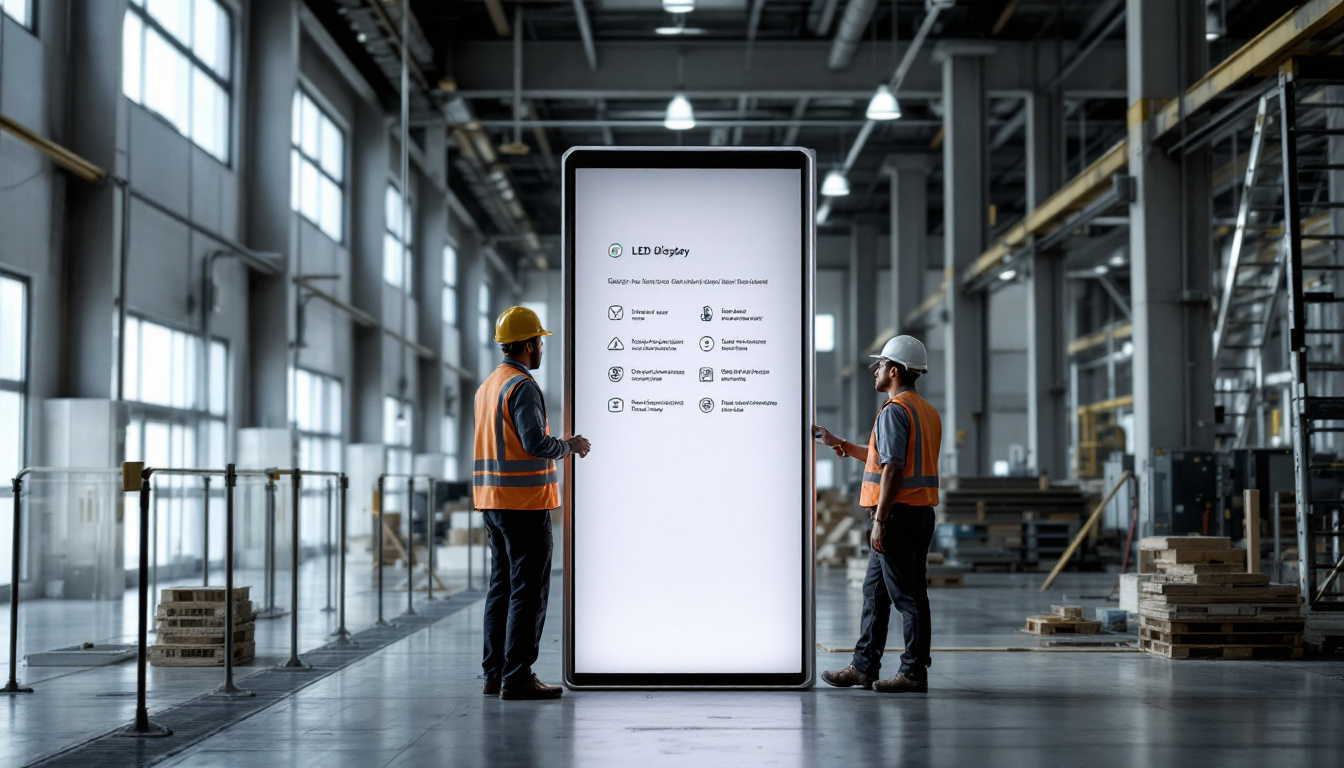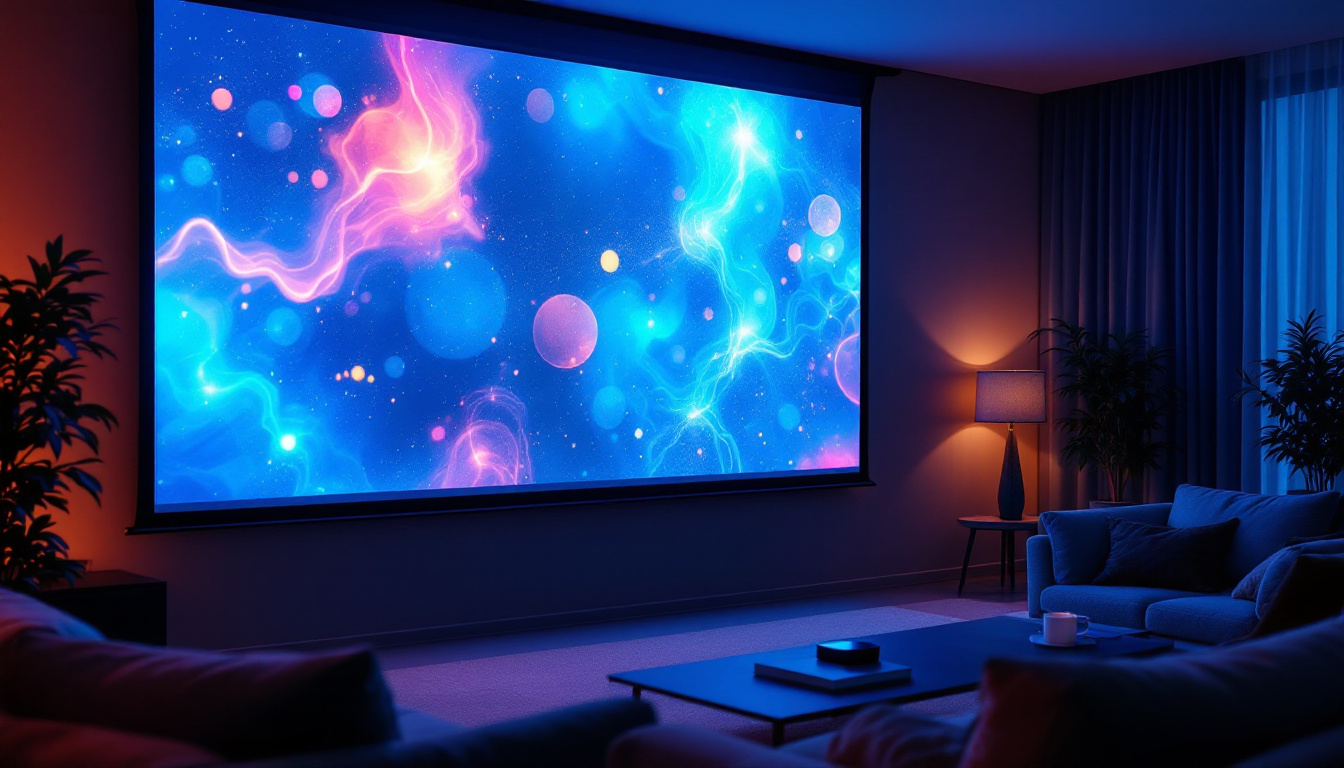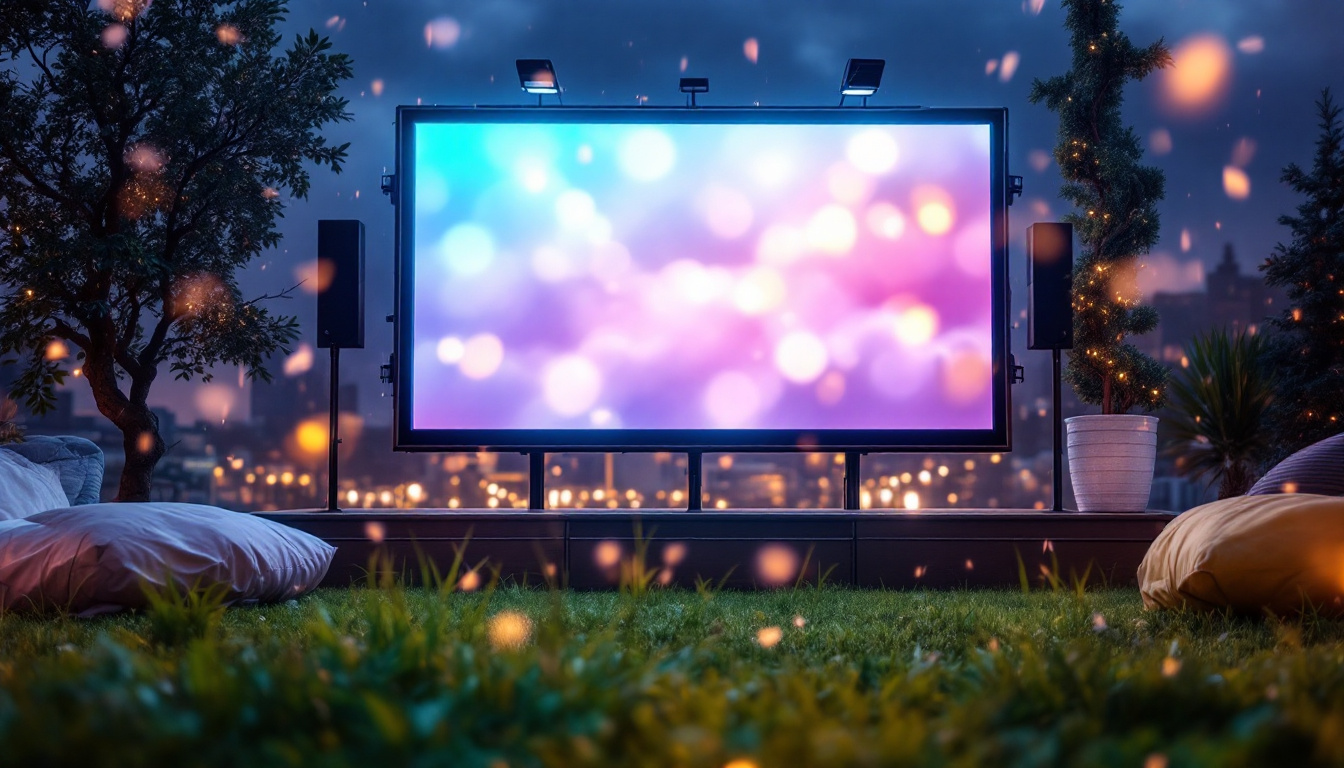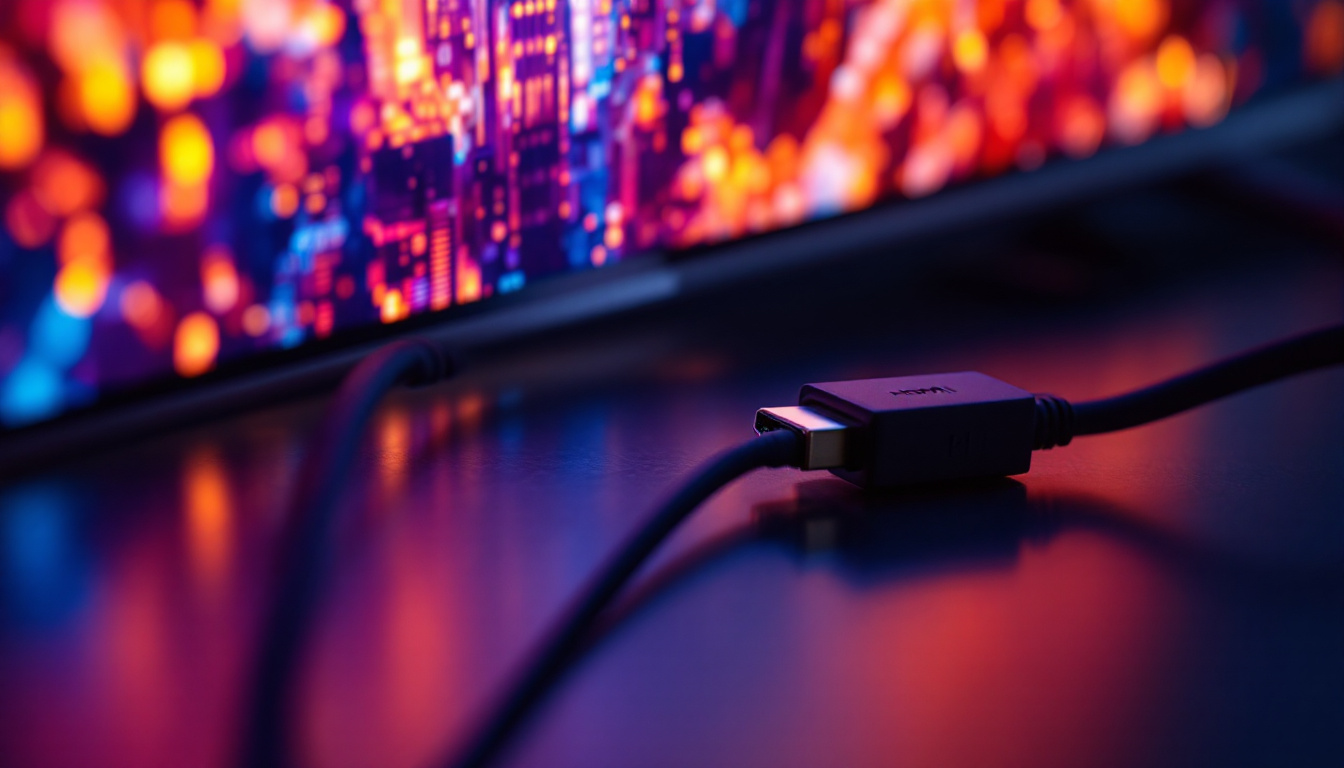In the world of modern display technology, LED displays have become a staple in various applications, from large-scale advertising billboards to high-definition televisions. One of the critical advancements that have significantly enhanced the performance and durability of LED displays is optical contact bonding. This article delves into the intricacies of optical contact bonding, exploring its principles, applications, and benefits in LED display technology.
Understanding Optical Contact Bonding
Optical contact bonding is a method used to create a seamless interface between two optical components, typically involving a display panel and a protective layer. This technique ensures that the optical properties of the components are preserved while enhancing their mechanical stability. The process is particularly vital in LED displays, where clarity, brightness, and durability are paramount. By eliminating air gaps and other imperfections, optical contact bonding significantly improves the visual experience, making it a preferred choice in various high-performance applications, including smartphones, televisions, and digital signage.
The Principles of Optical Contact Bonding
The fundamental principle behind optical contact bonding lies in the use of adhesive materials that are optically clear and possess high transparency. These adhesives are designed to minimize light scattering and reflection, ensuring that the maximum amount of light emitted from the LED display reaches the viewer without distortion. This is particularly important in environments with varying lighting conditions, where the display must maintain its visibility and color accuracy. Furthermore, the bonding process is engineered to create a uniform layer that can withstand mechanical stress and thermal expansion, thereby enhancing the longevity of the display.
During the bonding process, the adhesive is applied between the two surfaces, which are then pressed together under controlled conditions. This creates a strong bond that not only holds the components together but also enhances the overall optical performance of the display. The precision of this process is critical; even the slightest misalignment can lead to optical aberrations, which can detract from the user experience. Advanced techniques, such as vacuum bonding and automated alignment systems, are often employed to ensure that the components are perfectly aligned and securely bonded.
Materials Used in Optical Contact Bonding
Various materials can be utilized in optical contact bonding, but the most common include silicone-based adhesives and optical epoxies. Silicone adhesives are favored for their flexibility and resistance to environmental factors, making them ideal for outdoor displays. On the other hand, optical epoxies offer superior clarity and rigidity, which are essential for high-resolution displays. The choice between these materials often depends on the specific requirements of the application, such as the expected temperature range, exposure to UV light, and the need for chemical resistance.
Choosing the right material is crucial, as it directly impacts the display’s performance, longevity, and resistance to environmental stressors such as temperature fluctuations and humidity. Additionally, the curing time and method of the adhesive can affect production timelines and costs. Manufacturers must also consider the compatibility of the adhesive with the substrates being bonded, as certain materials may require surface treatments or primers to achieve optimal adhesion. This careful selection process ensures that the final product not only meets performance standards but also withstands the rigors of everyday use, maintaining its aesthetic and functional qualities over time.
Applications of Optical Contact Bonding in LED Displays
Optical contact bonding finds its application in various types of LED displays, including indoor and outdoor screens, televisions, and even smartphones. Each application demands specific characteristics from the bonding process to ensure optimal performance.
Indoor LED Displays
Indoor LED displays often prioritize high resolution and color accuracy. Optical contact bonding helps achieve these goals by providing a clear interface that minimizes light loss and enhances image quality. The bonding process also contributes to the overall aesthetic appeal of indoor displays, allowing for sleek designs without distracting seams or edges.
Furthermore, the use of optical contact bonding in indoor displays can improve durability, protecting the components from dust and moisture, which are common concerns in indoor environments. This protection is particularly vital in spaces like shopping malls or exhibition centers, where displays are frequently exposed to airborne particles and varying humidity levels. Additionally, the enhanced durability afforded by optical bonding can lead to lower maintenance costs, as displays are less likely to require repairs or replacements over time, thereby providing a more sustainable solution for businesses.
Outdoor LED Displays
Outdoor LED displays face harsher environmental conditions, including UV exposure, rain, and temperature variations. Optical contact bonding is particularly beneficial in these scenarios, as it creates a robust barrier that protects the internal components from damage.
The flexibility of silicone adhesives used in optical contact bonding allows outdoor displays to withstand the expansion and contraction caused by temperature changes, thereby reducing the risk of delamination and ensuring a longer lifespan for the display. Moreover, the ability to repel water and resist UV degradation means that outdoor displays maintain their brightness and color fidelity over time, even when subjected to the relentless sun or sudden downpours. This resilience is critical for advertising billboards and public information displays, where visibility and clarity are paramount for effective communication with the audience.
Smartphones and Portable Devices
In the realm of smartphones and other portable devices, optical contact bonding plays a crucial role in enhancing touch sensitivity and display clarity. By bonding the display to the touch sensor, manufacturers can eliminate air gaps that often lead to reflections and reduced visibility.
This seamless integration not only improves the user experience but also contributes to the device’s overall durability, as the bonded layers provide additional protection against impacts and scratches. Furthermore, the use of optical contact bonding can also facilitate the development of thinner, lighter devices, as manufacturers can optimize the layering of components without compromising on quality. As a result, consumers benefit from sleeker designs that are easier to handle and carry, all while enjoying superior display performance. The trend towards foldable and flexible screens further highlights the importance of optical contact bonding, as it allows for innovative designs that maintain functionality without sacrificing durability or visual appeal.
Benefits of Optical Contact Bonding
The advantages of optical contact bonding extend beyond mere aesthetics. This technique offers a range of benefits that enhance the performance and reliability of LED displays.
Improved Optical Performance
One of the most significant benefits of optical contact bonding is the improvement in optical performance. By minimizing the air gap between layers, the technique reduces light scattering and reflection. This results in brighter images with more accurate colors, which is particularly important in high-definition displays.
Additionally, the use of optically clear adhesives ensures that the display maintains its visual integrity over time, even when exposed to environmental stressors.
Enhanced Durability
Optical contact bonding contributes to the overall durability of LED displays. The strong bond created between the layers helps protect the display from physical damage, such as impacts and scratches. This is especially vital for outdoor displays that are exposed to the elements.
Moreover, the bonding process can help prevent moisture ingress, which is a common cause of display failure. By sealing the components together, optical contact bonding enhances the longevity of the display, reducing maintenance costs and downtime.
Cost-Effectiveness
While the initial investment in optical contact bonding may be higher than traditional bonding methods, the long-term benefits often outweigh the costs. The enhanced durability and performance lead to lower replacement and repair rates, ultimately resulting in cost savings for manufacturers and end-users alike.
Furthermore, displays that utilize optical contact bonding often require less frequent maintenance, allowing businesses to allocate resources more effectively.
Challenges and Considerations
Despite its numerous advantages, optical contact bonding is not without challenges. Manufacturers must consider various factors to ensure the success of the bonding process.
Material Compatibility
One of the primary challenges in optical contact bonding is ensuring material compatibility. The adhesive used must be compatible with both the display panel and the protective layer to achieve optimal bonding strength and optical clarity.
Incompatibility can lead to issues such as delamination or reduced optical performance, which can negatively impact the overall quality of the display. Manufacturers must conduct thorough testing to identify the best adhesive for their specific application.
Environmental Factors
Environmental factors such as temperature and humidity can also affect the bonding process. Adhesives may behave differently under varying conditions, which can influence the final bond strength and optical performance.
To mitigate these challenges, manufacturers should establish controlled bonding environments and adhere to strict quality control measures throughout the production process.
The Future of Optical Contact Bonding in LED Displays
As technology continues to advance, the role of optical contact bonding in LED displays is expected to evolve. Innovations in adhesive materials and bonding techniques may lead to even greater improvements in display performance and durability.
Emerging Technologies
Research into new adhesive formulations and bonding methods is ongoing, with a focus on enhancing the optical properties and environmental resistance of the materials used. These advancements could result in thinner, lighter displays that maintain high performance standards.
Furthermore, the integration of smart technologies and IoT capabilities into displays may necessitate new bonding solutions that accommodate additional layers and components without compromising optical quality.
Sustainability Considerations
As the industry moves towards more sustainable practices, the development of eco-friendly adhesives for optical contact bonding is becoming increasingly important. Manufacturers are exploring biodegradable and non-toxic materials that can provide the same level of performance while minimizing environmental impact.
This shift towards sustainability not only addresses consumer concerns but also aligns with global efforts to reduce waste and promote responsible manufacturing practices.
Conclusion
Optical contact bonding has revolutionized the LED display industry by enhancing optical performance, durability, and cost-effectiveness. As technology progresses, the importance of this bonding technique will only continue to grow, paving the way for more advanced and efficient display solutions.
Understanding the principles, applications, and benefits of optical contact bonding is essential for manufacturers and consumers alike, as it plays a crucial role in the quality and longevity of LED displays. With ongoing research and innovation, the future of optical contact bonding looks promising, ensuring that LED displays remain at the forefront of visual technology.
Discover LumenMatrix’s Advanced LED Display Solutions
Ready to experience the cutting-edge of LED display technology? LumenMatrix is at the forefront of innovation, offering a wide range of LED display modules designed to take your visual communication to the next level. From captivating Indoor LED Walls to dynamic Outdoor LED Displays and beyond, our solutions are crafted to enhance engagement and empower your brand’s message. Check out LumenMatrix LED Display Solutions today and see how we can transform your visual experiences.

